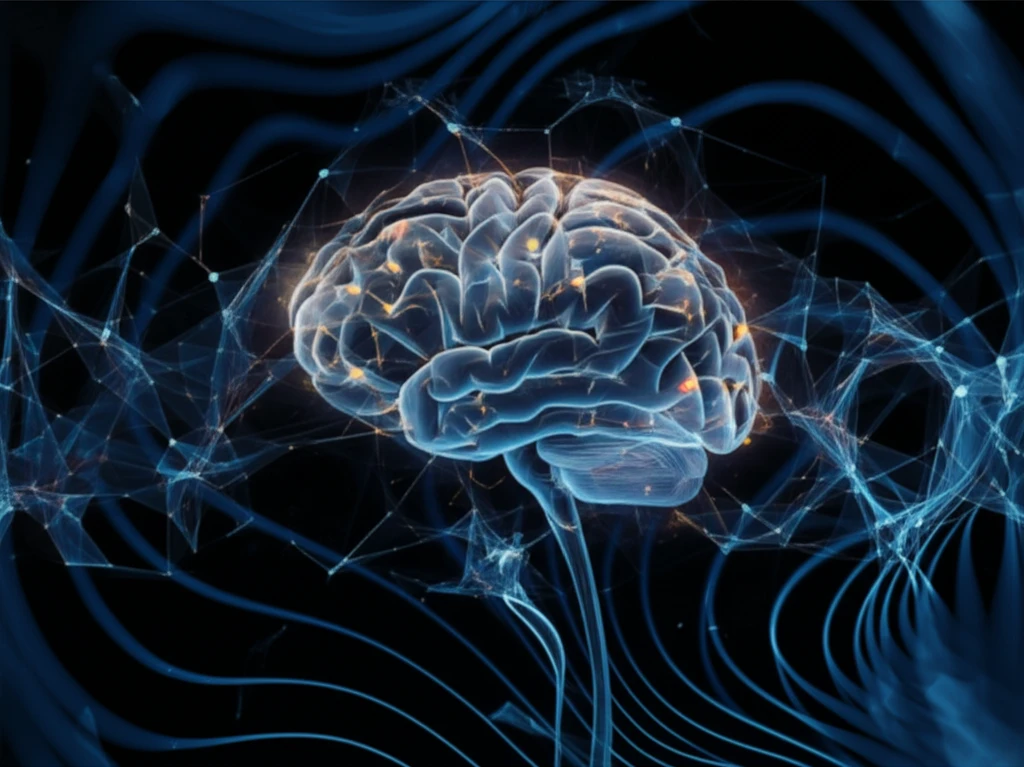
Breakthroughs in Brain Cancer: Innovative Strategies to Improve Treatment Outcomes
"Explore the latest advances in glioblastoma research, from gene therapies and drug delivery systems to tumor-treating fields and personalized medicine, offering new hope for patients and their families."
Glioblastoma multiforme (GBM) remains one of the most aggressive and challenging cancers to treat. Despite decades of research and advancements in medical technology, the prognosis for patients with GBM remains poor, highlighting the urgent need for innovative therapeutic strategies. Recent studies, however, offer a glimmer of hope, showcasing promising breakthroughs that could revolutionize brain cancer treatment.
This article delves into the latest research presented at a recent neuro-oncology conference, focusing on novel approaches to combat glioblastoma. From innovative drug delivery systems and gene therapies to the use of tumor-treating fields and personalized medicine, we will explore the cutting-edge strategies that are showing potential in preclinical and early clinical studies. Understanding these advancements is crucial for anyone affected by or interested in brain cancer treatment.
While many of these treatments are still in the early stages of development, they represent a significant shift in how we approach brain cancer therapy. By targeting the unique characteristics of GBM and leveraging the latest scientific discoveries, researchers are paving the way for more effective and less toxic treatments. This article aims to provide a comprehensive overview of these exciting developments, offering insights into the future of glioblastoma treatment.
Enhancing Chemotherapy: MSCs and Cytosine Deaminase

One promising strategy involves enhancing the effectiveness of existing chemotherapy drugs through innovative delivery methods. Researchers have explored the use of mesenchymal stem cells (MSCs) carrying the cytosine deaminase (CD) gene to improve the therapeutic effects of temozolomide (TMZ), a commonly used chemotherapy drug for GBM.
- Targeted Drug Delivery: MSCs act as vehicles, delivering CD directly to the tumor site.
- Enhanced Chemosensitivity: The conversion of 5-FC to 5-FU increases the sensitivity of glioma cells to TMZ.
- Reduced Systemic Toxicity: Localized drug conversion minimizes the impact on healthy tissues.
- Synergistic Effect: The combination of TMZ and 5-FU synergistically suppresses the growth of glioma cells.
The Future of Brain Cancer Therapy
The advancements discussed in this article represent just a fraction of the ongoing research efforts dedicated to improving outcomes for patients with glioblastoma. As we continue to unravel the complexities of this disease and develop more targeted and personalized treatment approaches, there is reason for optimism. By fostering collaboration between researchers, clinicians, and patients, we can accelerate the translation of these breakthroughs into clinical practice and ultimately transform the landscape of brain cancer therapy.
